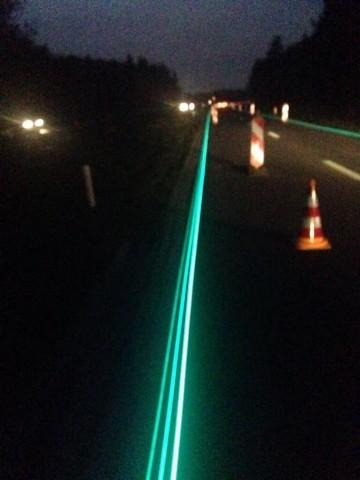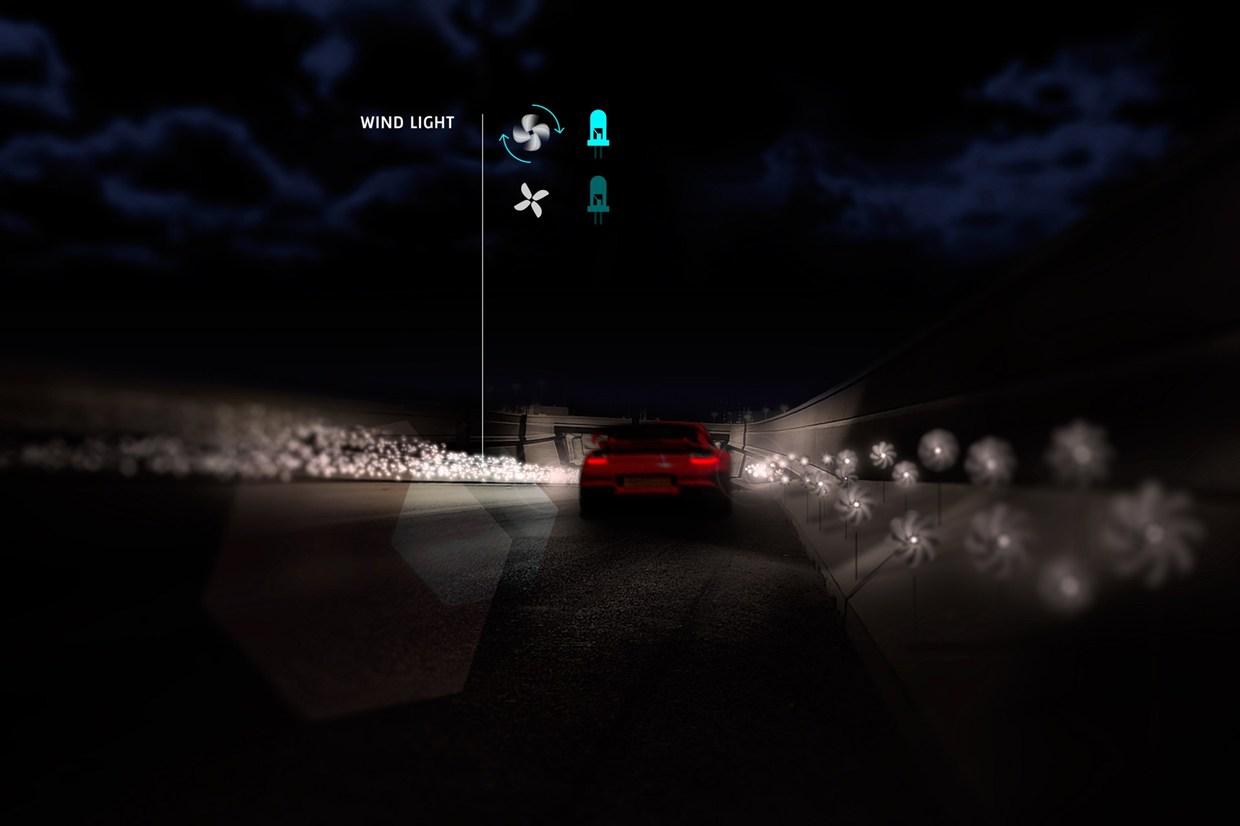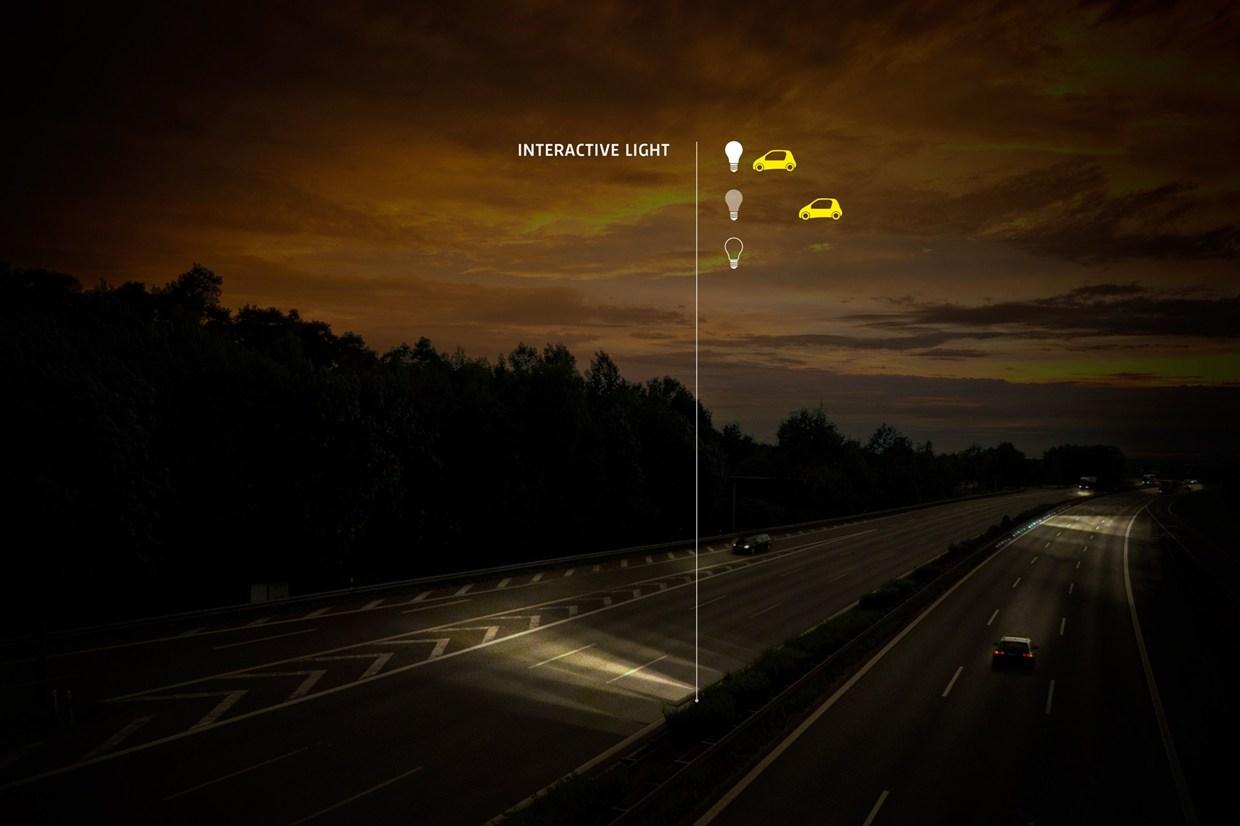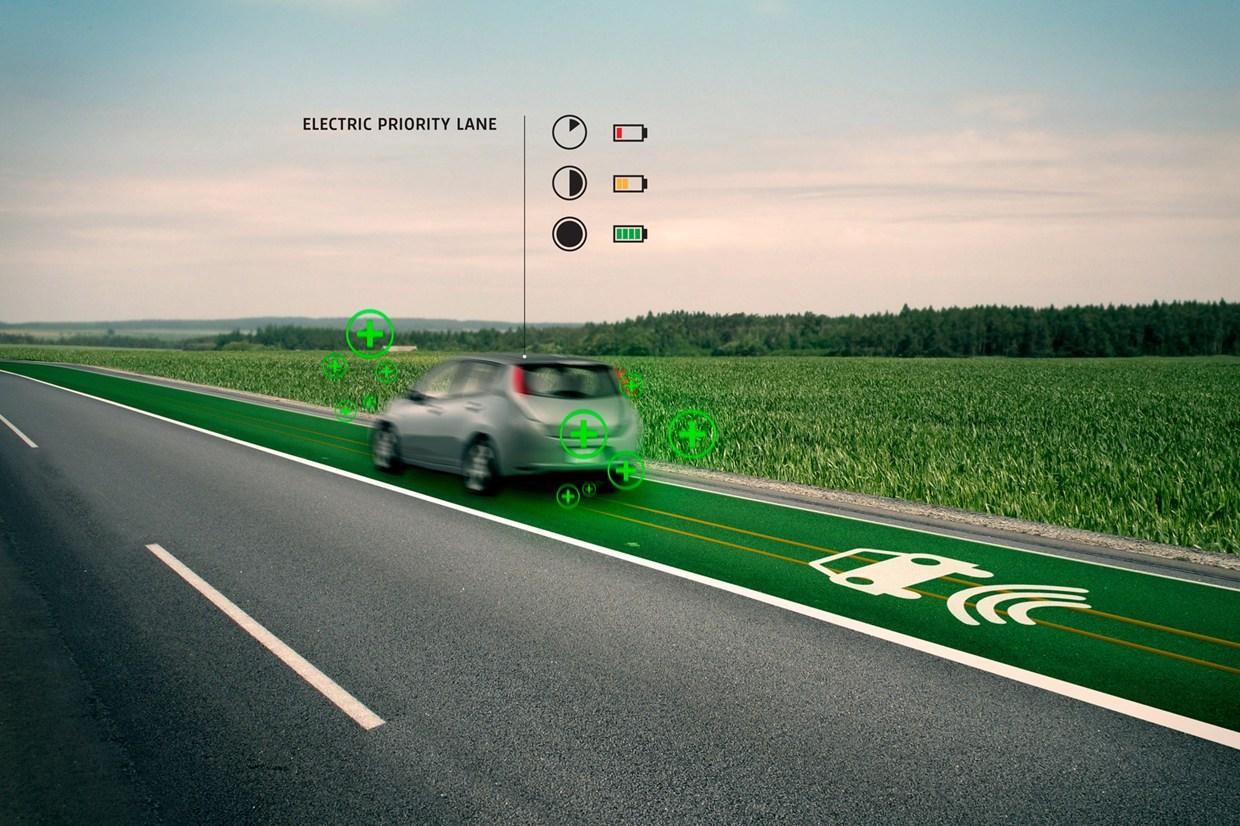Netherlands highway take glow in the dark paint for a test drive
Driving down a 500 meter stretch of highway N329 in Oss, Netherlands can only be best described as a scene right out of a science fiction film. Seeking alternative, and perhaps cheaper, means to light up night roads, the government has agreed to test out a proposal to make use of light-absorbing glow in the dark road paint in place of energy-consuming street lights.
The project is the brainchild of designer Daan Roosegaarde and his design studio. Back in 2012, Roosegaarde revealed his studio's plans to convert the country's highways to a more energy-efficient and environment-friendly lighting system. The road markings were done by road construction company Heijmans who took photo-luminescent powder and put it into their paint. The result is an eerie nighttime driving experience reminiscent of scenes in the Tron films. Pretty? You bet. Distracting? Perhaps during its early phases. Effective? That part is yet to be seen.

Roosegaarde's design still faces some challenges that can really only be triggered by real world use. The road markings, which currently only consist of three strips of what has been called "radioactive green", only lasts 8 hours. And that is on a full day's worth of charging. The paint has also to withstand the wear and tear of both elements and vehicles. It also remains to be seen whether these will be as or even more effective than street lights, though they're savings cannot be disputed.
But the design studio faces a bigger obstacle that probably makes technical difficulties seem like a child's puzzle problem. Time and again, Roosegaarde has faced the many-headed beast known as "government bureaucracy" which has caused no small amount of delay to implementing their projects. And it's not in Netherlands alone. October last year, the company bemoaned how they were already ready to implement a smog-attracting electrostatic field to help solve China's disastrous pollution problem but were held up because of license applications from a local government. One would think governments would be eager to jump at money- or environment-saving solutions, but, in reality, that is not how they usually operate.
Roosegaarde's glow in the dark project still faces a long road, aside from addressing possible technical limitations and problems. Rather than sticking to simple static lines, being the designers that they are, the studio is envisioning a more dynamic scenery. For example, snowflakes could appear when temperatures go below a certain point, though probably before snow actually starts to fall and cover the road, making such visual expressions moot. Beyond simple displays, the studio also have dreams for more interactive lighting, or lanes that can also charge electric cars. Roosegaarde has a bright and artistic vision for the roads of the future, but getting there will definitely be no easy drive.
SOURCE: Wired





